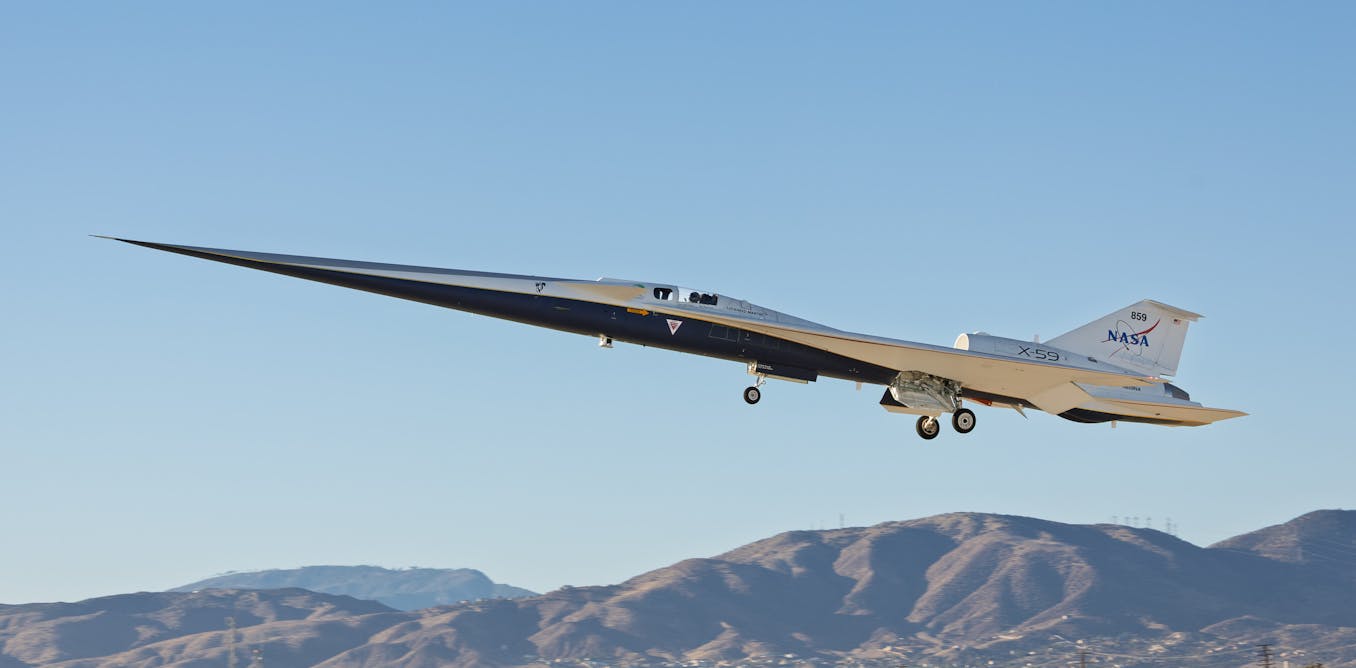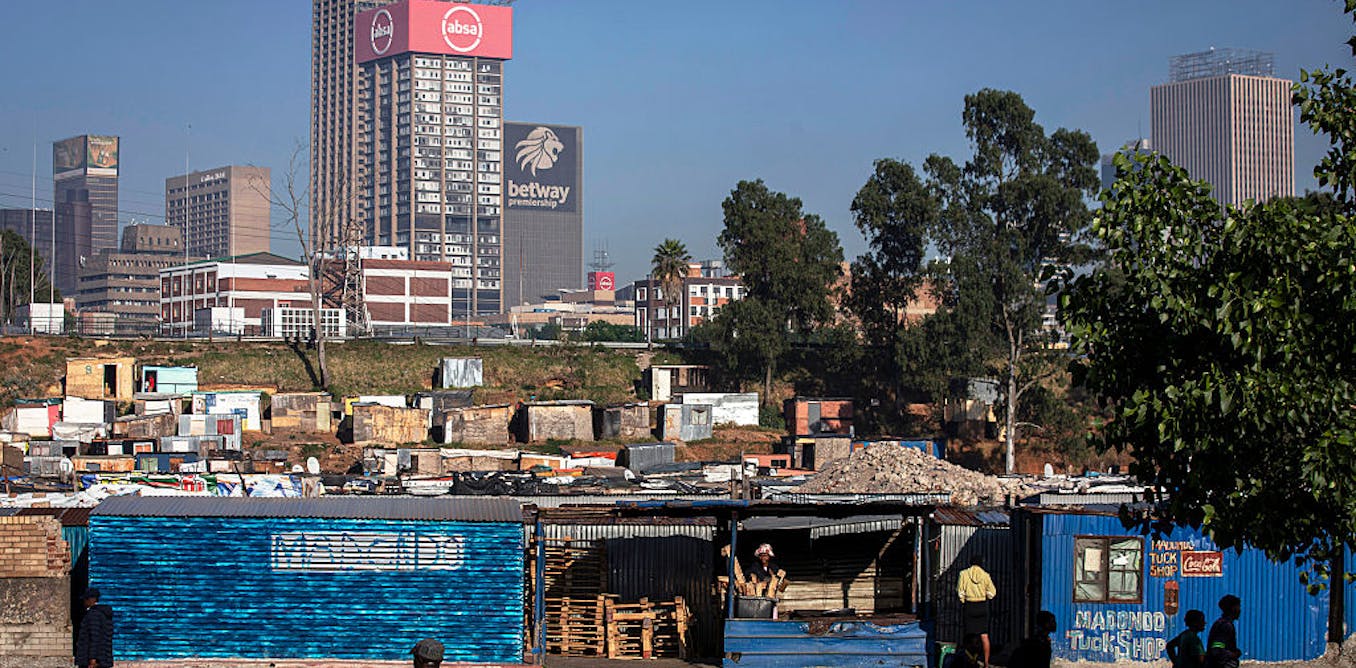Why Countries Are Spending Billions On The World’s Best Airports
As the world emerges from the shadows of the pandemic, travel surges once again, reaching fever pitch during holiday seasons like Thanksgiving. With a renewed demand for air travel, countries are investing billions into their airports, transforming them into lavish gateways designed to enhance the travel experience. This shift is particularly evident in renowned airports such as Qatar’s Hamad International and Singapore’s Changi Airport, both of which have become benchmarks in luxury, efficiency, and sustainability.
In the video “Why Countries Are Spending Billions On The World’s Best Airports,” we explore not only the stunning architecture and facilities these airports boast but also the substantial financial investments fueling this competitive landscape. Among the highlights featured, the luxury dining options, including the Louis Vuitton Cafe and Dior Spa at Singapore’s Changi, showcase how airports are evolving into lifestyle hubs. These exclusive experiences provide travelers with more than just basic amenities—they craft a sense of indulgence even before they board their flights.
Moreover, the significance of art and aesthetics in making these airports standout cannot be overlooked. Massive installations like the iconic Lamp Bear in Qatar and various art pieces scattered throughout Changi create an immersive atmosphere. Such features not only captivate travelers but also reflect the cultural identity of the regions. This artistic investment aligns with the fresh branding strategy aimed at elevating each airport’s global image.
Sustainability also emerges as a critical theme throughout the video. Airports are increasingly adopting environmentally friendly practices, ranging from energy-efficient buildings to sustainable landscaping. Hamad International, for instance, has integrated sustainability into its design and operations, which not only attracts green-minded travelers but also showcases the country’s commitment to ecological responsibility.
The investment doesn’t stop there. The competition for the prestigious Skytrax Awards, which recognize the world’s best airports, incentivizes continuous improvement and innovation in services. From first-class lounges and high-end duty-free shops to wellness facilities like airport hotels and pools, amenities are being designed to exceed the expectations of even the most discerning passengers.
Changi Airport’s Jewel, with its lush Canopy Park and indoor waterfall, exemplifies the heights of airport creativity. Travelers are increasingly viewing airports as destinations in their own right, featuring movie theaters, food streets, and even gardens. This transformation mirrors a broader trend where airports are becoming critical nodes not just for air transport but also for tourism and commerce.
The impact of these investments extends beyond the travel sector; they stimulate economic growth, create jobs, and foster international connectivity. As countries race to enhance their airport capabilities, the overarching question remains: What will the future of air travel look like? With lavish amenities and cutting-edge sustainability measures in place, travelers can anticipate entering a new era of airport experiences where luxury and efficiency redefine what it means to travel.
As the competition intensifies, it is clear that investing billions into world-class airports is not just about luxury; it’s about shaping the future of global travel.
Watch the video by Business Insider
Video “Why Countries Are Spending Billions On The World's Best Airports” was uploaded on 11/22/2025 to Youtube Channel Business Insider







































Its really cool but also very unnecesary to build airports like this.
Is it only me or is this place too large? Seems like a hassle having a connecting flight at these places…😅
I love a good layover!! Im from Croatia and have to go to Singapore 2-3 times a year! I plan my layover on my way back. I go to Istanbul at least once a year, and then rotate between Abu Dhabi, Dubai, Doha, Bahrain…
DMCA crap………
Dont they legally have to disclose if a video is a totally paid for ad???
I hope you know that the Middle-East is part of Asia. Middle-East is NOT a separate continent.
Is this how a new pandemic starts, random travellers sharing a common space where bugs would normally never get a chance to interact with each other.
Thank you so much for putting this together
Luxury airport = expensive tickets
This is my first time wanting to travel just to tour an airport…
where is that italian lady😭😢😢😢
Indian accent is so cringe 😅
That pool is on my bucket list.
When its branded it must be good 😒😒😒. Ill put an lv logo on a $5 pastry and it will elevate my experience, reduce stress and make me happy in the airport. Total rip off.
What an advertisment for an airport built by modern slaves. I really like how this was discussed 😞
But Qatar must have paid a lot for this
Sure their airports look nice. However, once you step out of the airport, it is a third-world s**th**e. I am not going to third-world country just to see the airport. Sorry. We have world class infrastructures, impeccably clean streets and unparalleled personal safety here in America.
All the videos from Qatar feel like they are sponsored without giving disclosure
Thanks! You've convinced me I still don't want to spend time in ANY airport! Out there seems way more interesting to me
The reporters really suffered through this one 🙂
and the real rich has their own airports in this airport 😀 so you wont even see them 😀
did you send a jewish looking reporter by design? 😀
I like her work
Nice commercial! but seriously, asking, “is this real gold?”…
It's Arabian Gulf
Her accent is so annoying.
What a nightmare 😂😂
Lost all trust in the host after she started by saying she arrives 2 hours early
Amazing even your content not flagged as an ad is an ad. Quite the comments since you had the courage to finally unlock them.